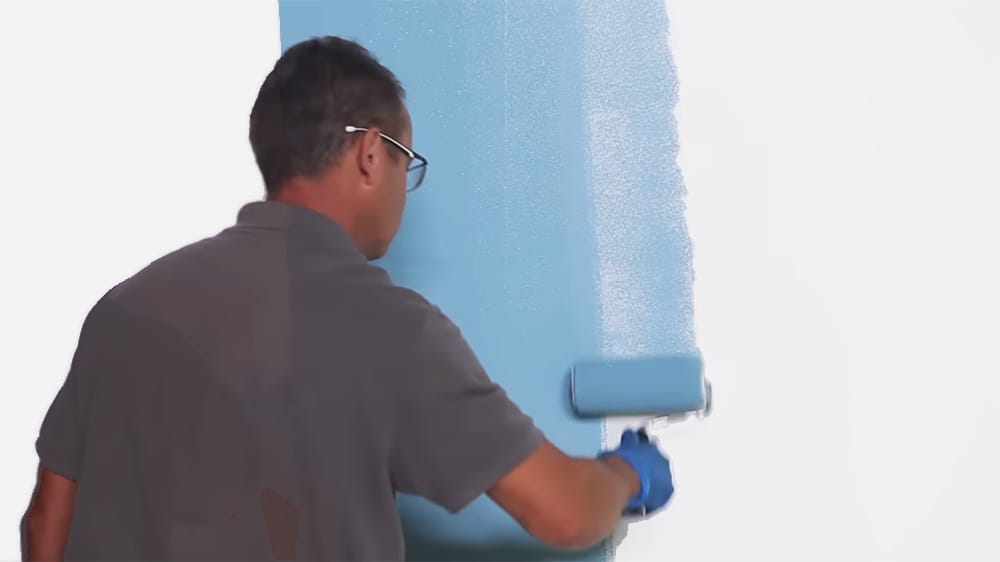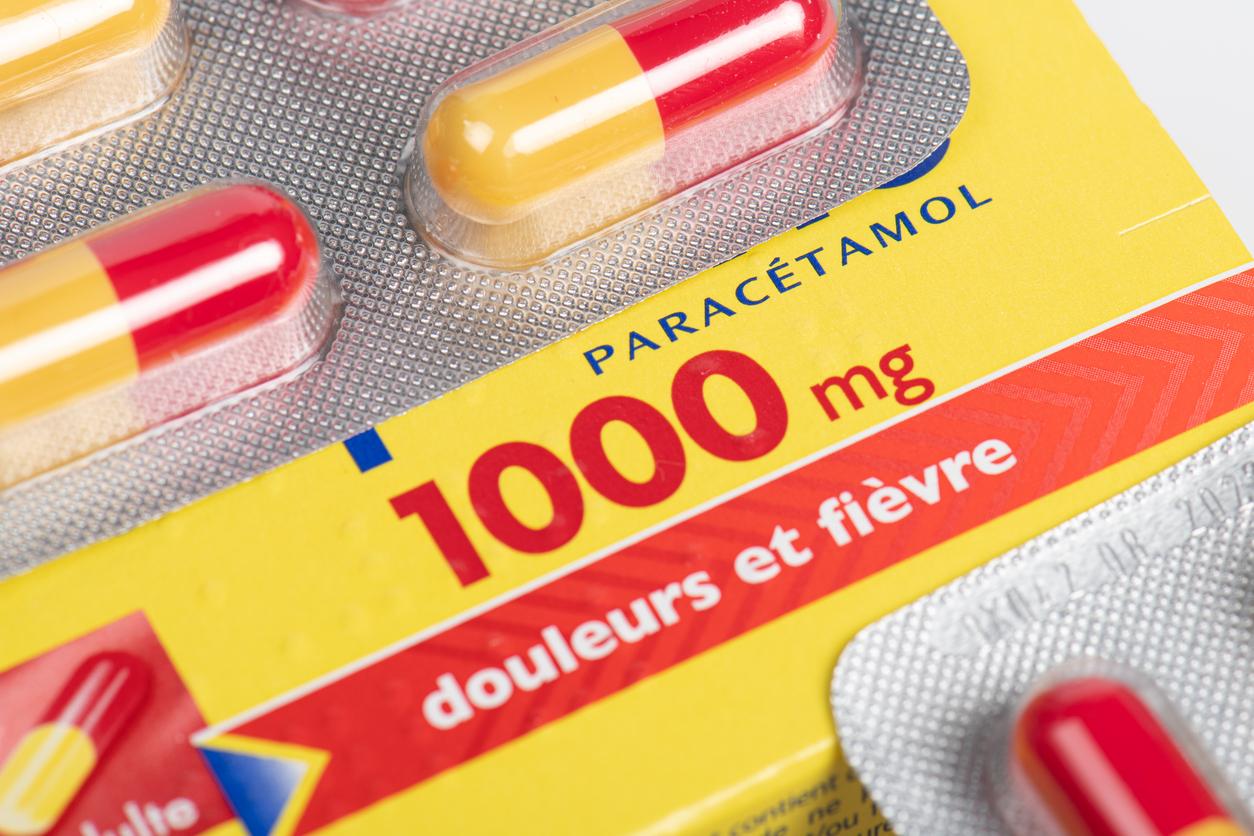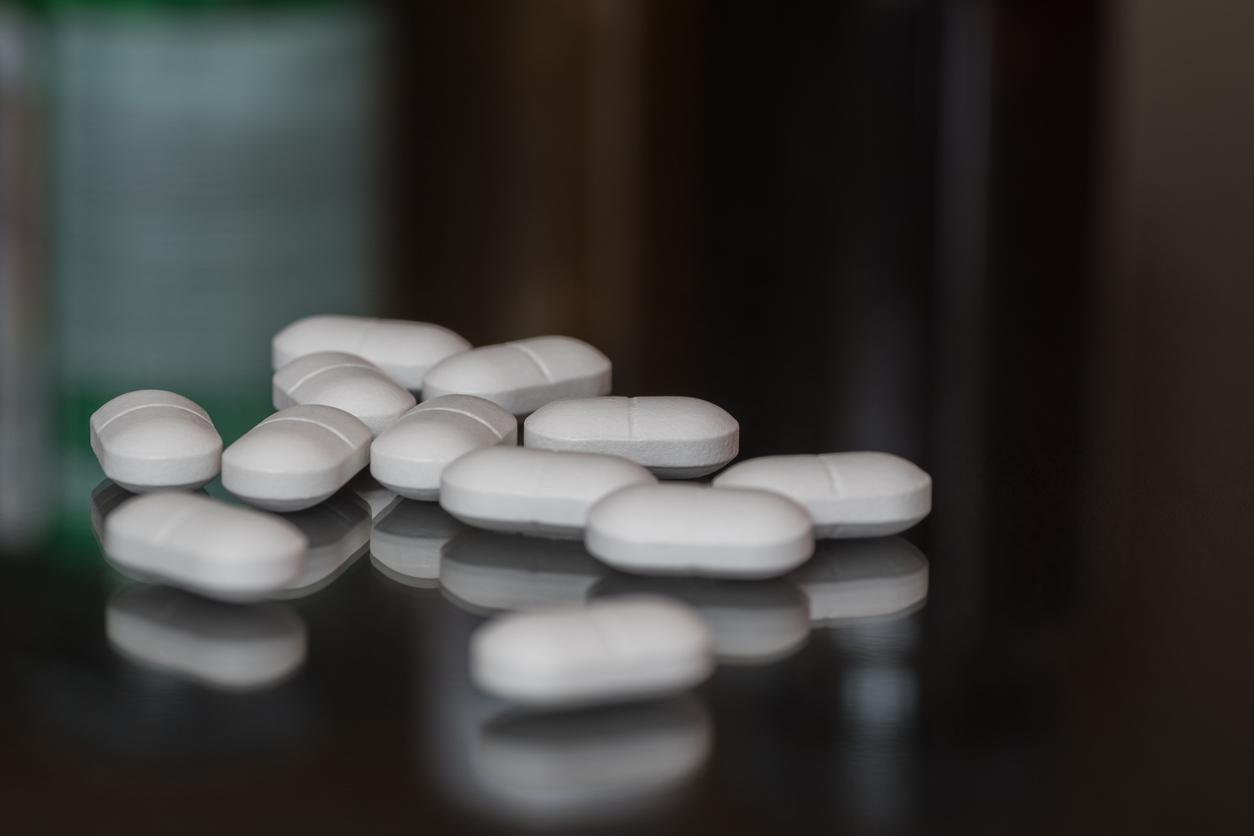Back pain, migraines, fibromyalgia, neuropathic manifestations of shingles, diabetes or cancer … 3 out of 10 French people live with chronic pain, that is to say pain that has been present daily for more than six months. These sensations spoil the lives of many of them, since almost half say they have a very impaired quality of life. “In these patients, the pain is no longer a symptom but a disease. The system that makes it possible to detect and modulate it is completely disrupted. To relieve it, it is then rare that a single treatment is sufficient”, explains Dr Didier Bouhassira, head of the Ambroise Paré pain center in Boulogne-Billancourt. This is why, in addition to drugs, doctors increasingly rely on complementary therapies.
Exercise to secrete endorphins
When you are in constant pain, the natural reflex is to move less, to limit your movements. “However, it is the opposite that must be done because a adapted physical activity helps fight pain. Whatever its origin and its intensity, there is always a benefit to be moved “, insists Professor Julien Nizard, head of the federative pain center of the Nantes University Hospital.
Thus, today, we know that we should not wait until you are no longer in pain at all to start rehabilitation after a trauma or an intervention. When you have had an operation femoral neck fracture, for example, rehabilitation begins in the days following the surgery. Depending on the case, it may therefore be necessary to call a physiotherapist in town or to go to a rehabilitation center. You can start with gentle activities that have been proven against pain, such as tai chi, qi gong or yoga. The main thing is to move.
When ?
Physical exercise is indicated in all cases because it helps to secrete endorphins. It also improves sleep disorders, anxiety or even depression, which can be associated with chronic pain.
Neurostimulation to inhibit the painful message
It is a technique used mainly by pain treatment centers. It is place electrodes on the sensitive area and send, via a small portable box, a weak electrical stimulation during sessions of 20 to 30 minutes, several times a day. “It’s like constantly rubbing the painful area. It activates large nerve fibers which will inhibit the pain message.”, explains Prof. Alain Serrie, head of the pain medicine department at Lariboisière hospital (Paris).
When the technique is successful, it can lead to the implantation of an electrode in the spinal cord, which will be activated by a pacemaker. A device intended for migraines, applying to the forehead and simple to use, is also marketed.
When ?
Neurostimulation is aimed at neuropathic pain of peripheral origin, such as those related to diabetes, shingles, or postoperative …
Hypnosis to get out of your sensations
Increasingly used to prevent short-lived pain, such as those associated with surgery or treatment, hypnosis can also relieve chronic symptoms, although the effect is less dramatic. “Provided, however, that you are receptive”, specifies Professor Serrie. Since the effect does not last, it is helpful to learn self-hypnosis techniques that we can practice alone after four or five sessions with a hypnotherapist.“Some patients also do hypnosis without knowing it while practicing their hobby: they no longer have pain during this activity because their attention is diverted”, indicates the doctor. Relaxation or sophrology can also help.
When ?
Studies have found a benefit about fibromyalgia, dystrophy (pain syndrome of a foot or hand) and low back pain.
PCP therapy for deep massages
This consists of exerting “continuous deep pressure” (PCP) around the painful area using a medical device, the MyoDK. The device allows‘exert pressure important, much superior to those obtained manually, therefore to perform deep muscle massages. The key is the release of endogenous endorphins. The technique is used by osteopaths, sports doctors, rheumatologists and physiotherapists. More info on www.pcptherapy.com
When ?
In the event of mechanical joint or periarticular pathologies (low back pain, back pain, neck pain, tendinopathies) or fibromyalgia.
Acupuncture for its beneficial modulating effects
A thousand-year-old method, acupuncture is widely used in the care of painful patients. Its general principle consists of restoring the balance of bodily energies by intervening at specific points distributed over the body.“Numerous research studies have confirmed that acupuncture has effects on our nervous system, in particular on the mechanisms of pain modulation”, says Dr Bouhassira. It takes at least three to five sessions to find out if the technique relieves or not.
When ?
It may be indicated for osteoarthritis, fibromyalgia, irritable bowel syndrome, migraines, back pain.
Osteopathy to stretch muscles and tendons
The manipulations of osteopaths aim to stretch the muscles, ligaments and tendons located around the vertebrae and joints.
The objective is to restore their flexibility and harmony. But beware, “only the doctors are authorized to handle the cervicals and again, with the greatest precautions”, recalls Professor Nizard. In the event of acute pain, one to three sessions is generally sufficient. If this is not the case, then osteopathy is not the right solution. For chronic pain, sessions can be repeated depending on the relief provided.
When ?
Osteopathy can be effective against low back pain, tendonitis and headaches.
Meditation to ward off suffering
“Many good level studies have shown the value of mindfulness meditation”, says Prof. Nizard. The goal is to change the relationship to pain, to live it differently and not to hide or distract from it. “In addition, meditation helps to better manage stress. However, nearly half of those with chronic pain suffer from anxiety disorders.”, specifies the specialist. To meditate, it is possible to follow an eight-week program, in a group and accompanied by an instructor, or to practice alone at home with applications (Small Bamboo, for example).
When ?
This method is useful for all types of pain.
Read also : Chronic pain: a new non-drug therapy














